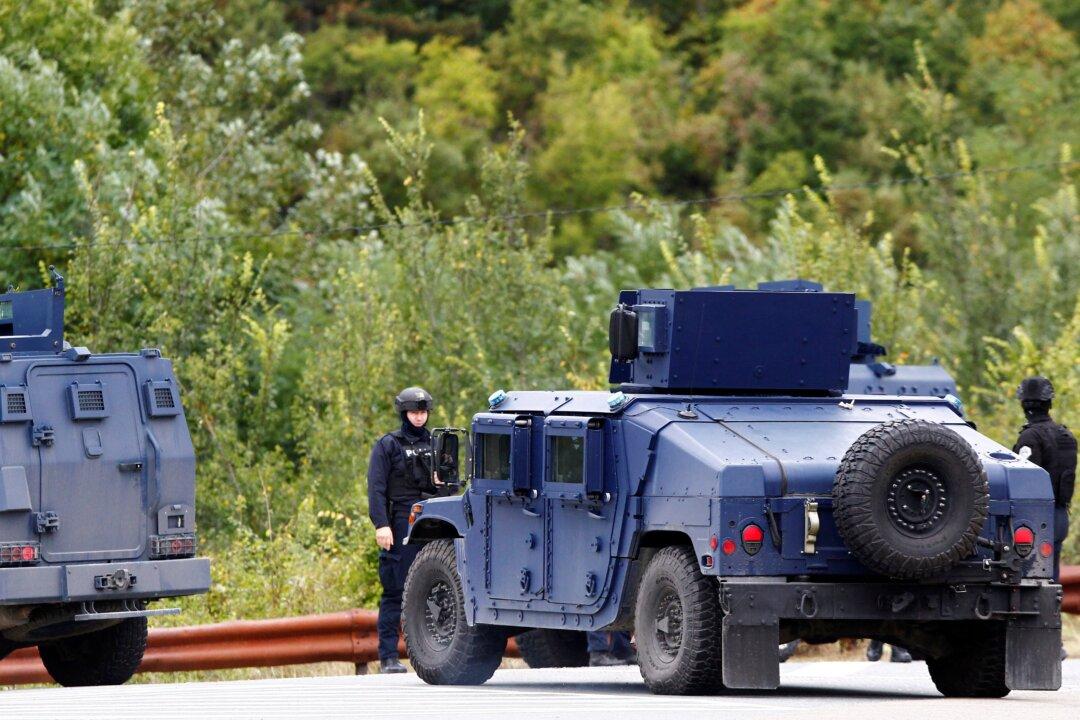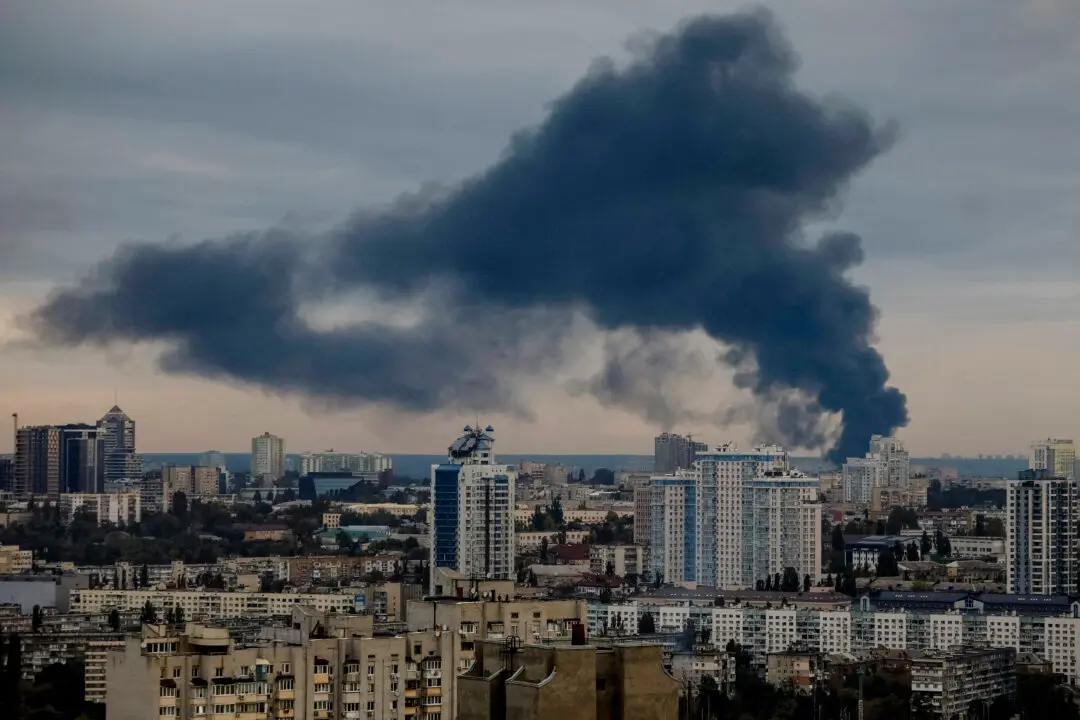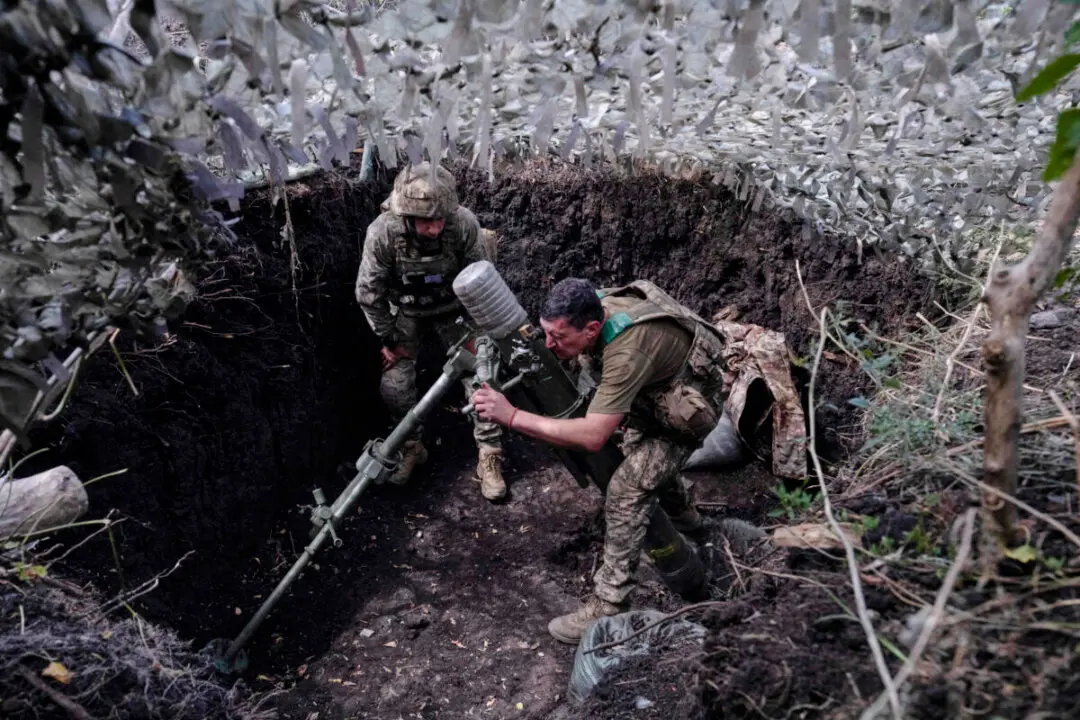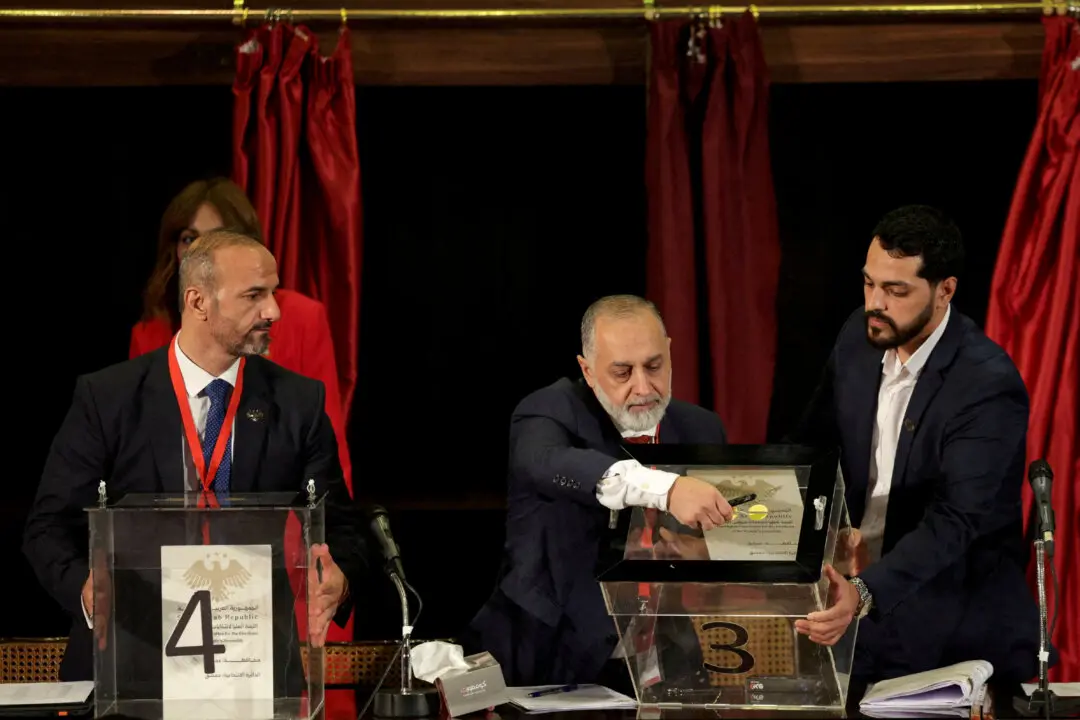Kosovo President Vjosa Osmani has blamed Serbia for a deadly gunfight that erupted last month between a group of armed men and local police in northern Kosovo near the Serbian border.
“The [armed] group simply exercised the intentions and the motives of Serbia as a country and [Serbian President Aleksandar] Vucic as its leader,” Ms. Osmani said in a Sept. 28 interview with Reuters.





